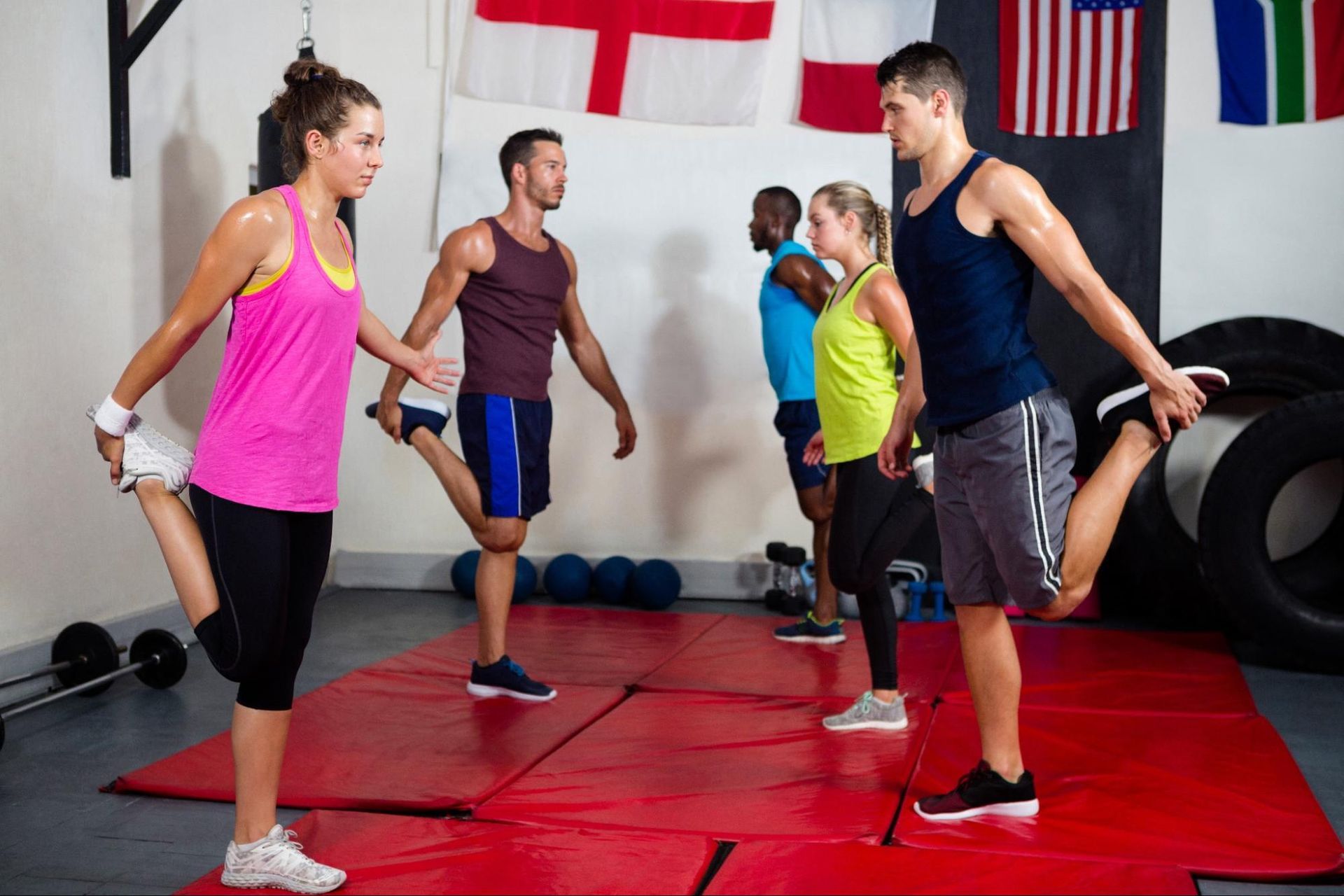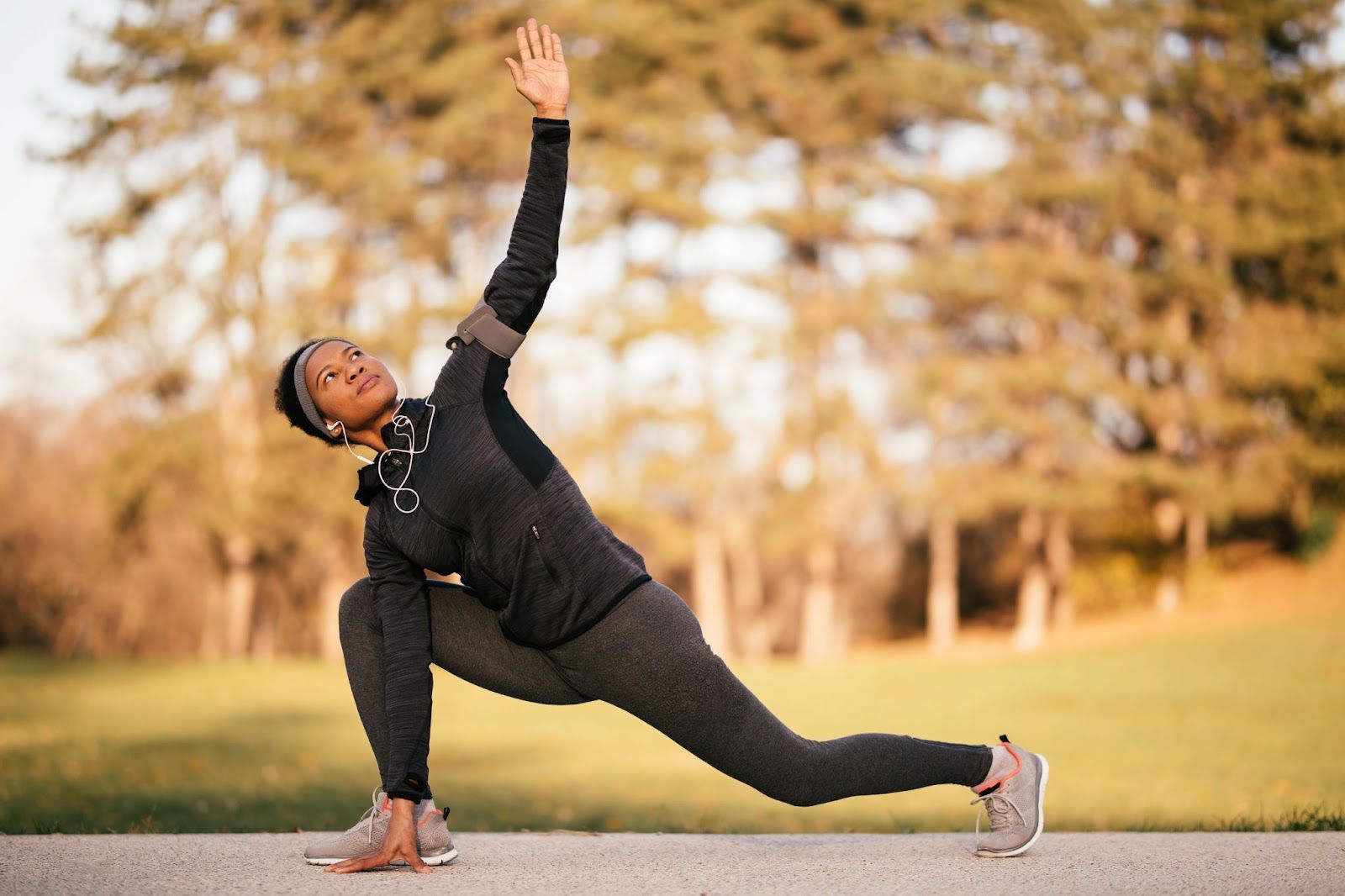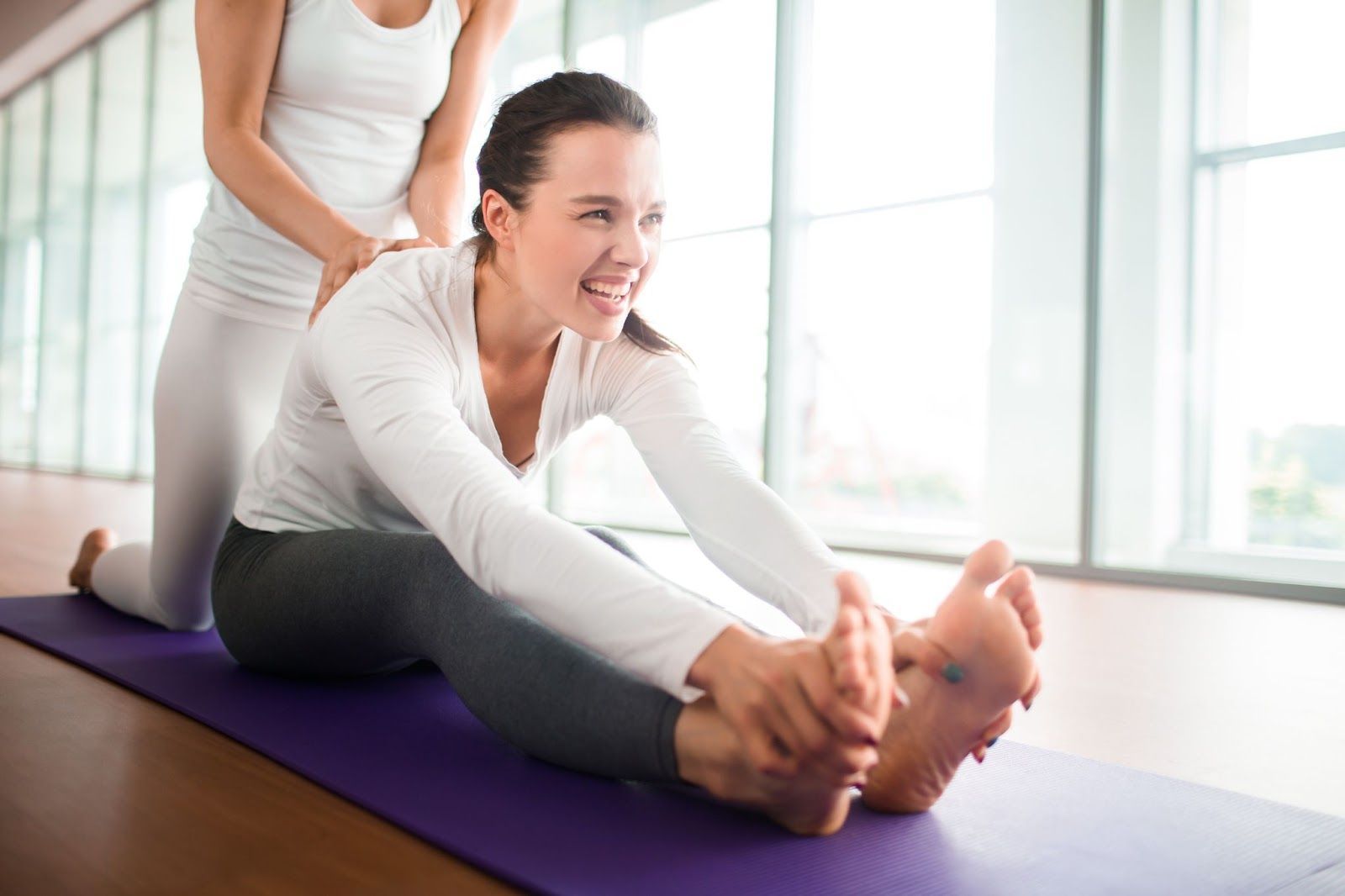Stretching for Athletes: How to Enhance Performance and Prevent Injuries
Maximizing Performance and Minimizing Injuries
For athletes, achieving peak performance and minimizing the risk of injuries are paramount goals. One key practice that contributes significantly to these objectives is effective stretching. Beyond the routine warm-up, targeted stretching routines tailored to the specific needs of athletes play a crucial role in enhancing flexibility, improving muscle function, and preventing injuries. In this exploration, we delve into the science and strategies of stretching for athletes, providing insights on how to integrate this practice seamlessly into training regimens.
The Benefits of Stretching for Athletes
Improved Flexibility and Range of Motion
Regular stretching enhances the flexibility of muscles and tendons, allowing athletes to move more freely. Increased range of motion is particularly beneficial for sports that involve dynamic and varied movements.
Enhanced Blood Circulation
Stretching promotes blood flow to the muscles, delivering essential nutrients and oxygen. Improved circulation supports muscle function and accelerates the removal of metabolic byproducts.
Optimized Muscle Function
Stretching prepares muscles for the demands of physical activity, optimizing their function during exercise. Well-stretched muscles are more efficient and less prone to fatigue.
Injury Prevention
Adequate flexibility and muscle pliability reduce the risk of strains, sprains, and other soft tissue injuries. A well-stretched muscle is better equipped to absorb the impact of sudden or forceful movements.
Strategies for Effective Stretching
1. Dynamic Stretching as a Warm-Up
Dynamic stretching involves controlled movements that mimic the motions of the sport. These stretches are ideal for the warm-up phase, activating muscles and improving joint flexibility.
2. Static Stretching for Flexibility
Incorporate static stretches after the warm-up to focus on individual muscle groups.Hold each stretch for 15-60 seconds, emphasizing a gradual, controlled approach.
3. Target Major Muscle Groups
Tailor stretching routines to address the specific needs of the sport. Focus on major muscle groups involved in the athletic activity, such as quadriceps, hamstrings, hip flexors, and calf muscles.
4. Proprioceptive Neuromuscular Facilitation (PNF):
PNF techniques involve a combination of stretching and contracting muscle groups. This advanced form of stretching is effective for improving flexibility.
5. Incorporate Foam Rolling
Foam rolling, or self-myofascial release, helps release tension in the fascia (connective tissue around muscles). It complements stretching by addressing muscular tightness and improving mobility.
6. Consistency is Key
Regular stretching yields cumulative benefits. Athletes should incorporate stretching into both warm-up and cool-down routines for optimal results.

Pre-Performance Stretching
Begin with light aerobic activity to raise the heart rate and increase blood flow. Incorporate dynamic stretches that mimic the movements of the sport. You can tailor warm-up stretches to the specific motions and demands of the sport. This prepares the body for the specific challenges it will face during the athletic activity.
Progressively increase the intensity of stretches during the warm-up. This allows the body to adapt and prepares muscles for the demands of the upcoming performance. Following the main workout or competition, incorporate static stretches. Hold each stretch to promote muscle relaxation and prevent stiffness.
You can also incorporate foam rolling during the cool-down phase to address any areas of muscular tightness. This aids in recovery by enhancing circulation and reducing muscle soreness. Try including gentle and relaxing stretches in the cool-down to promote overall relaxation. This aids in mental recovery and helps the body transition to a state of rest.
Individualized Stretching Plans
Athletes should assess their specific flexibility requirements based on the demands of their sport and identify areas of tightness or weakness that may benefit from targeted stretching. Seek guidance from coaches, trainers, or physical therapists to develop personalized stretching routines.
Professionals can provide insights into sport-specific requirements and address individual biomechanical considerations. Athletes should periodically reassess their stretching routines. Adjustments may be needed based on changes in training intensity, performance goals, or any emerging areas of concern.
The Mental Aspect of Stretching
Encourage athletes to approach stretching with mindfulness. Focus on the sensations and movements during stretching to foster a mind-body connection. Stretching serves as a valuable tool for stress reduction.Incorporate deep breathing and relaxation techniques during stretching sessions to promote mental well-being.

A Holistic Approach to Athletic Performance
Stretching is more than a preparatory routine; it is a holistic approach to enhancing athletic performance and safeguarding against injuries. Athletes who prioritize flexibility through targeted stretching not only optimize their physical capabilities but also contribute to long-term health and longevity in their chosen sport. The synergy of dynamic warm-ups, sport-specific stretches, and strategic cool-down routines creates a comprehensive stretching regimen that aligns with the unique needs of athletes. For more information on stretching and how to develop a personalized stretching routine, visit the StretchX blog today.




